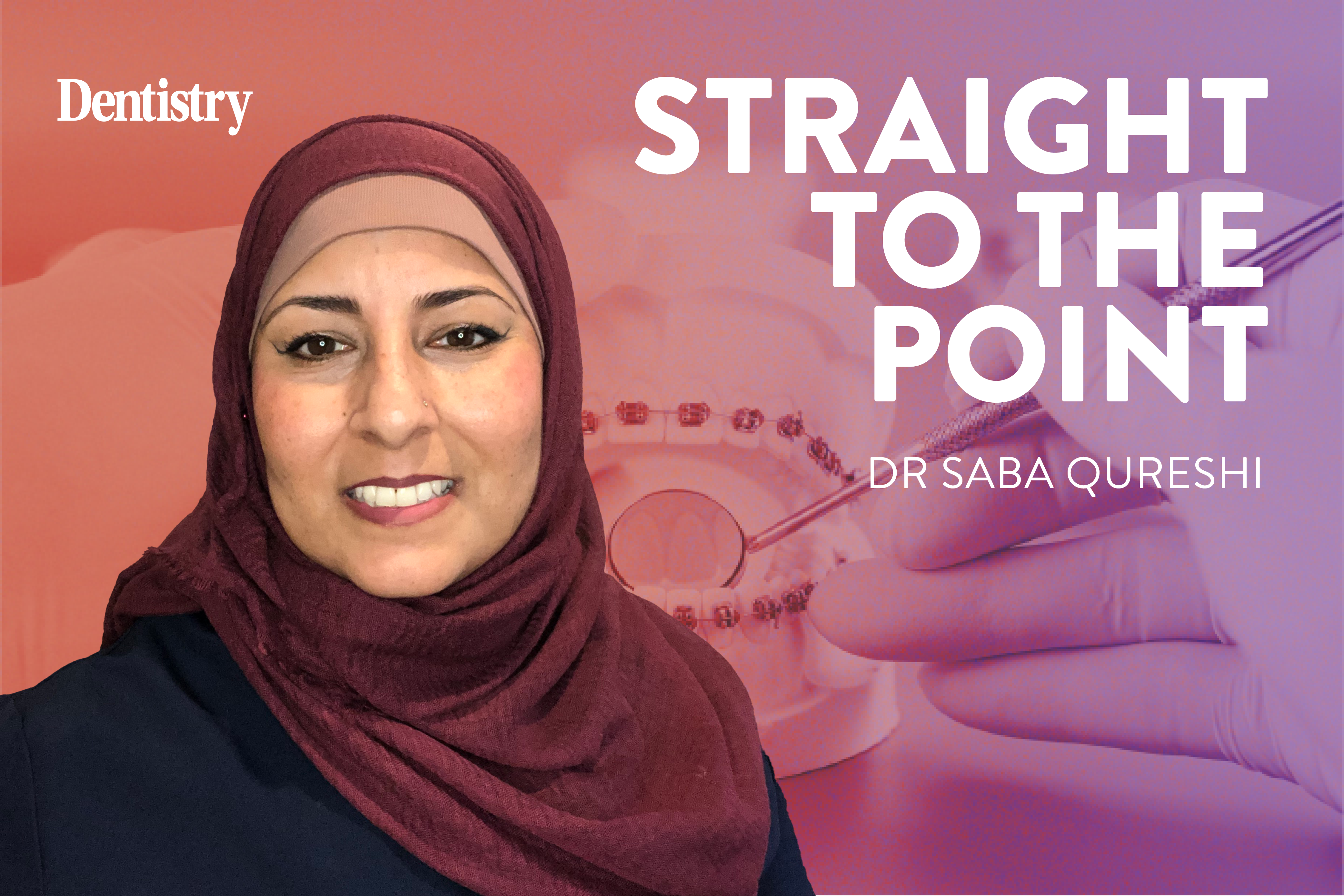
In her first column, Saba Qureshi compares aligners with fixed braces and questions which is better for patients.
In the blue corner, Invisalign, a good-looking number that’s all the rage right now.
And in the red corner, the ever-reliable, fixed brace.
But who should we back to win?
Patient-led decisions
Well, let’s start by looking at some cold hard facts:
- Fixed braces have been widely available since the 1950s. They can address the full range of orthodontic problems. Work on materials and adhesives means they are much more discreet than when first introduced, and now tooth-coloured, self-ligating and lingual options are readily available
- Invisalign, the most established aligner system, has been in use since 1999. It is more and more in demand but has some orthodontic limitations
- There is an increased demand for adult orthodontics
- Patients of all ages are looking for better aesthetics when it comes to braces.
Dentistry has always been a patient-led profession. We aim to provide treatment that fulfils clinical needs as well as meeting patients’ aesthetic requirements.
As a speciality, orthodontics has always been about more than just straight teeth. It’s about boosting people’s confidence and self-esteem, allowing them to face the challenges of life with a smile.
That also means helping them find a brace system that they feel comfortable enough to live with whilst the magic happens.
Metal fixed appliances
Patients are increasingly aware of the variety of treatment options available on the market. They are often very clear about how they wish to achieve their desired outcome.
Hence, they are more involved in their treatment decisions than ever before and expectations to meet criteria are high.
Yes, we’re aware that traditional fixed braces are great. They’re efficient, cost-effective and allow the clinician full control over individual tooth movements. This allows for precise finishing.
Add to that the plethora of studies on clinical effectiveness and techniques for dealing with all manner of malocclusions, then you’re onto a winner.
But when it comes to aesthetics, for many patients metal fixed appliances in particular, are the gargoyles of the orthodontic world.
Thankfully, advances have been made with ceramic braces, micro-coated wires and clear modules offering better aesthetics for our fixed brace patients.
Clear aligners
Adult orthodontics is more readily accepted in society. Many took advantage of the privacy that mandatory mask wearing, courtesy of Covid-19 allowed.
However, many still want a more discreet system that fits around their lifestyle. Hence the popularity of aligners.
Of course, there are several aligner systems on the market. But as Invisalign is the most well-known and researched, let’s focus on that.
Invisalign has some immediately obvious advantages over fixed braces:
- Excellent aesthetics, barely visible when worn
- No dietary restrictions, as removed for eating and drinking
- Doesn’t impact oral hygiene regime, as no wires or brackets to navigate around
- More comfortable, as no wires or brackets protruding
- Lack of metal adhered to teeth means it can be used in patients whose medical history may require them to have repeat MRIs.
There is, unfortunately, a lack of clinical research into its efficacy and the quality of treatment outcomes.
Several recent papers have collated the information available and concluded that Invisalign is great at levelling and aligning arches and can do this far quicker than fixed braces.
However, occlusal contacts, torque control and correction of canine and premolar rotations still prove challenging.
Does that mean we shouldn’t be offering our patients Invisalign? Of course, it doesn’t.
Many advanced aligner courses are available offering novel attachments to overcome these issues. And let’s not forget, being able to offer aligner treatment to our patients helps protect them from the perils of DIY direct-to-consumer systems (don’t get me started on those).
Case selection
So, where does that leave us?
Well, as they say, case selection is key.
As professionals, it’s our duty to try and accommodate patient requests; but not at the risk of compromising dental health.
An in-depth understanding of the clinical requirements of each individual malocclusion allows us to decipher tooth movements required and how these can best be achieved. And that’s where success lies.
Variety is the spice of life, so braces, fixed and aligners, at the ready – let’s get out there and straighten some teeth.
Follow Dentistry.co.uk on Instagram to keep up with all the latest dental news and trends.


